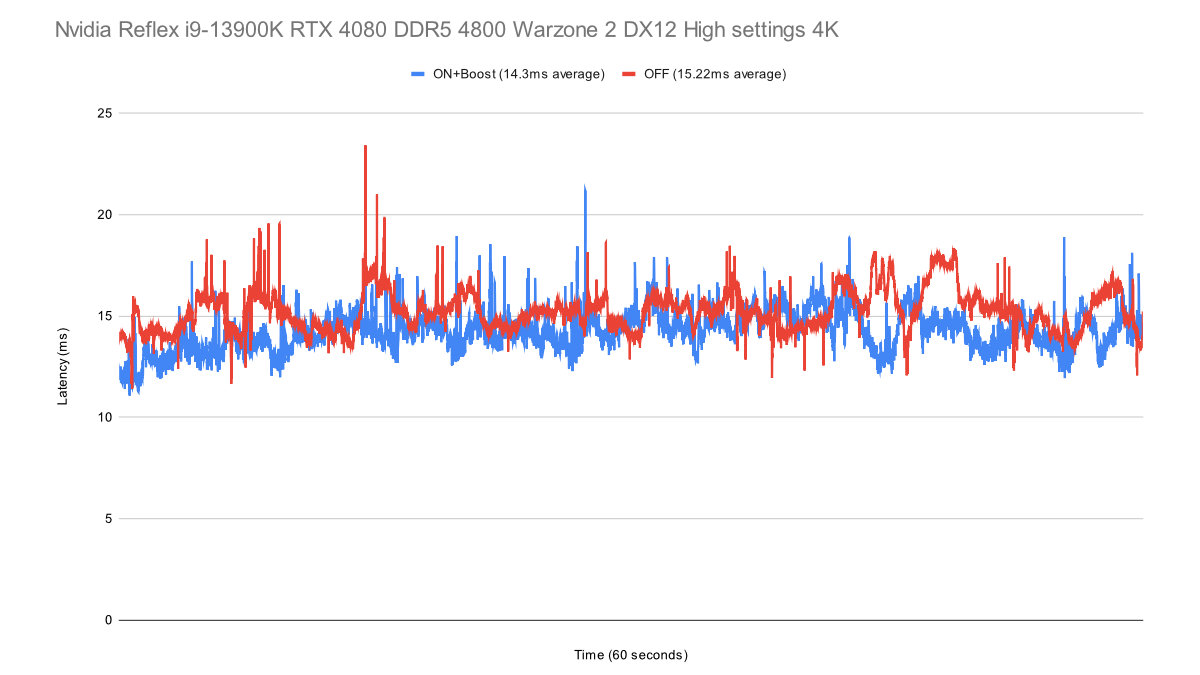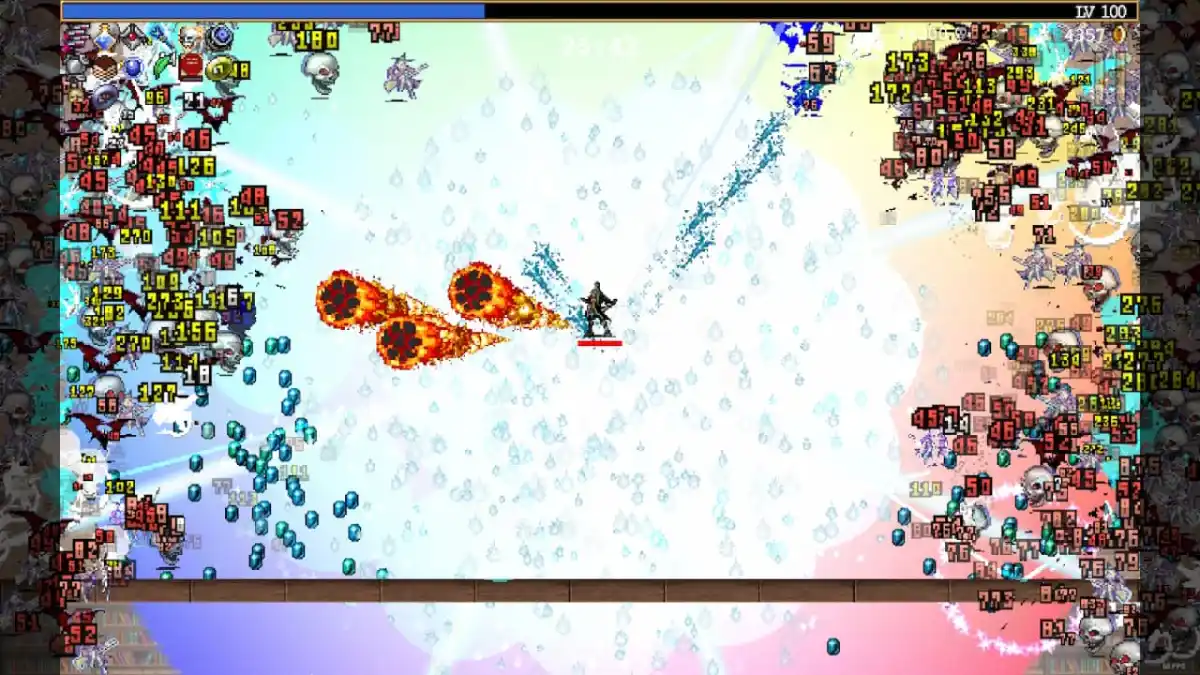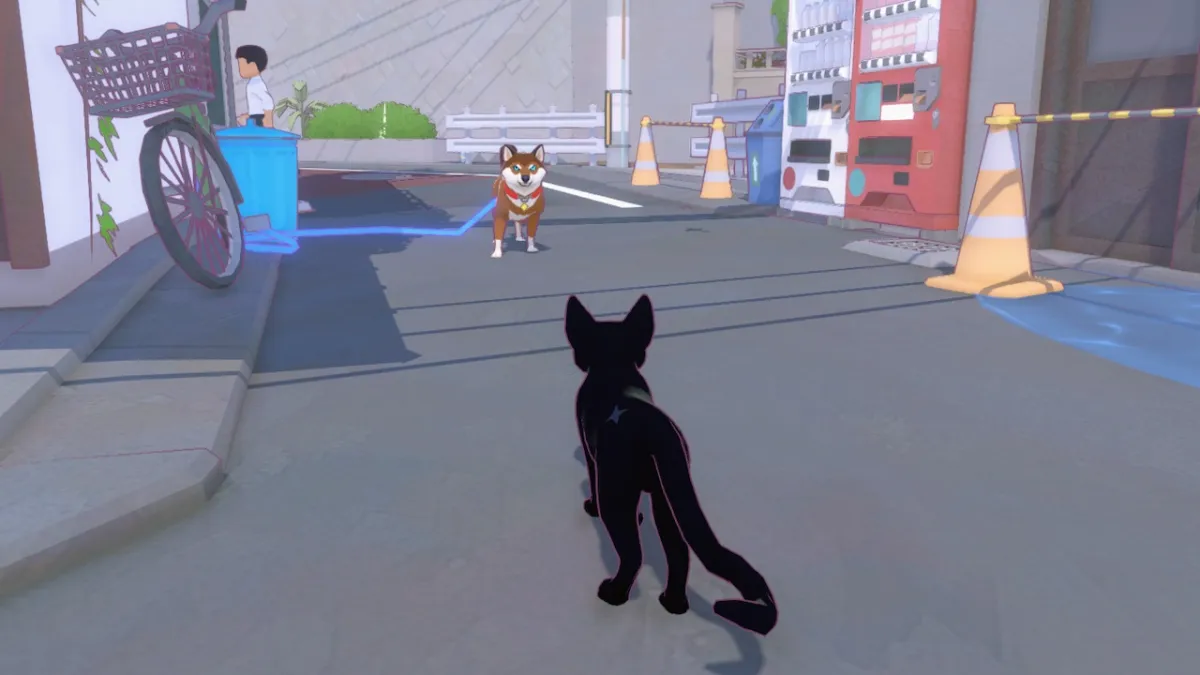Nvidia Reflex is a technology and setting available in a number of PC games which helps to create a low-latency experience. It’s powered by the GPU, and advertised as something that can provide significant decreases to latency for more responsive gameplay. This allows players to respond faster to in-game events and generally enjoy a more immersive experience. In a previous article, we discussed what it is and how to enable it in supported games. In this piece, we’re sharing our data from several games we tested with Nvidia Reflex On and Off to see just how low the latency drops.
When Reflex first released in late 2020, Nvidia’s marketing team made some relatively grandiose claims about latency reductions up to 80%. In reality, those were unrealistic, conditional statements. Reflex is a good technology for improving gaming experiences, but the results vary from game to game. There are a few standout examples, such as in Fortnite, where Reflex offers massive improvements. In other instances, the latency improvements are nominal and simply too little for human perception to even identify.
How we test Nvidia Reflex low latency
In this piece, we’re looking at how Nvidia Reflex performs in some distinctly different game engines to see how the results vary. We tested multiple resolutions, different APIs, and some different framerates to look for trends and show what you’ll typically experience. The point is to look directly at system latency rather than just the typical framerate metric. Framerates are only a single aspect of system latency, and the bulk of what Reflex does goes beyond that. However, it should be noted that lowering PC latency can potentially improve framerates. As such, the latency values in these tests are frame time plus the rest of the PC latency. You can use 144 fps equating to 6.94ms as a point of reference.
The test data we gathered strictly measures PC latency as opposed to total system latency that includes peripheral input and monitor display latency. We used the latest version of Nvidia FrameView to gather the data, and charted it to display latency metrics over time in the games we tested. This makes it easy to see specific moments where latency decreases with Reflex and how the technology performs throughout the sample time. However, we also gathered data on average latency for each test.
We selected The Witcher 3: Complete Edition, Portal RTX, Plague Tale: Requiem, and Call of Duty: Warzone 2 to test Nvidia Reflex low latency. The test system specs included an Intel i9-13900K CPU, Nvidia RTX 4080 FE graphics card, Corsair Vengeance DDR5 4800 CL40, and Windows 11.
The Witcher 3: Complete Edition
Our test ran in DX12 mode at 1440p with DLSS Balanced on high settings with ray tracing. The test consisted of a countryside highway horse ride in Beauclair not far from the ownable estate. The framerate averaged 122 fps across both runs. Average latency with Reflex Off was 41.04ms and Reflex On+Boost dropped to 35.32ms.
Looking at the graph, we can see a clear and meaningful latency improvement with ~15ms latency improvements at various points. The PC latency improved by 14% on average. Reflex also reduced the frequency of high latency spikes that might be perceived as stutters or sluggish behavior. Nvidia Reflex is overall a success in this older title, which we’ll discuss more later.
Portal RTX
This test ran at 1440p with DLSS Balanced on high settings and ray tracing on medium. We located a complicated ray-traced scene with two moving points of lights and various reflections and kept the camera static for both tests while the lights moved. We unfortunately did not capture the average framerate due to several complications. Framerate is not the strict focus here though, so we did not rerun the tests. For a point of reference, it was about 120 fps. Average latency with Reflex Off was 33.42ms and Reflex On+Boost dropped to 25.05ms.
Portal RTX was the strongest showing for Nvidia Reflex low latency. The average difference was 8.37ms faster, which translates to a 25% PC latency decrease. It’s also enough of a change for most PC gamers to notice. Once again, we see a large improvement on an older game.
Plague Tale: Requiem
This test also ran at 1440p with DLSS Balanced on high settings. We used the Chapter 1 Part I in-game scripted cutscene to create an identical scenario. The graph is slightly offset between the data sets for improved readability. The framerate averaged 161 fps. Average latency with Reflex Off was 13.23ms and Reflex On+Boost dropped to 12.71ms.
This test shows how lean Unreal Engine 5 can be when it comes to latency. It also reveals limited potential for Nvidia Reflex to improve the experience. The Reflex average PC latency improvement was 0.5ms, which is technically a 4% reduction, but not a perceivable change.
From what we can see here, it appears Unreal Engine 5 may already do a similar thing to Reflex. There’s no perceivable increase to the latency in this title when Reflex is turned on. Nvidia’s solution maintains the technical win, and that’s likely because it is able to program the tech to a finer degree since they also design the GPU.
Call of Duty: Warzone 2
We ran two separate tests for this title at different resolutions and largely different framerates to see if the latency charts demonstrated similar patterns or diverged. The first set of tests were in 4K with DLSS Balanced and high settings. We tested in a flooded urban district on the southeast corner of the DMZ map. The framerate average was 133 fps. The second set of tests were at 1080p with DLSS Balanced and high settings. We tested in the center of the DMZ map in an urban desert area. The framerate was 212 fps.
At 4K, Reflex produced a 6% average improvement, though, less than a 1ms PC latency difference to put things in perspective. Still, it is another average PC latency improvement. The latency variance is also less with Nvidia Reflex to help the experience feel more consistent. It’s a net positive and potentially useful for pros with faster… reflexes.
When tested at 1080p, Nvidia still managed a technical win with its Reflex technology, but there wouldn’t be any perceivable low latency difference at just 0.1ms.
The engine powering Call of Duty: Warzone 2 also appears to adopt the necessary elements to eliminate excess latency that Reflex can otherwise squelch. It runs on the DirectX 12 API, which we know is multi-threaded for modern CPUs. More testing needs to be done for a definitive answer, but we can see an apparent correlation at this point between new and old engines using Reflex. A wider sample size in more games and in more scenes would be the next step to confirm this.
We can conclude from this testing that it’s a good idea to always turn Nvidia Reflex on in games that support it. There are no apparent downsides to using Nvidia Reflex, but expectations need to be kept realistic. There are a few standout examples where the difference is obvious, and others where it is not. It’s an exciting technology to see, and could help more of the older games as an upgrade of sorts. There’s also DLSS 3 Frame Generation to consider, which Nvidia Reflex can offset since Frame Generation adds latency in exchange for creating artificial frames.






